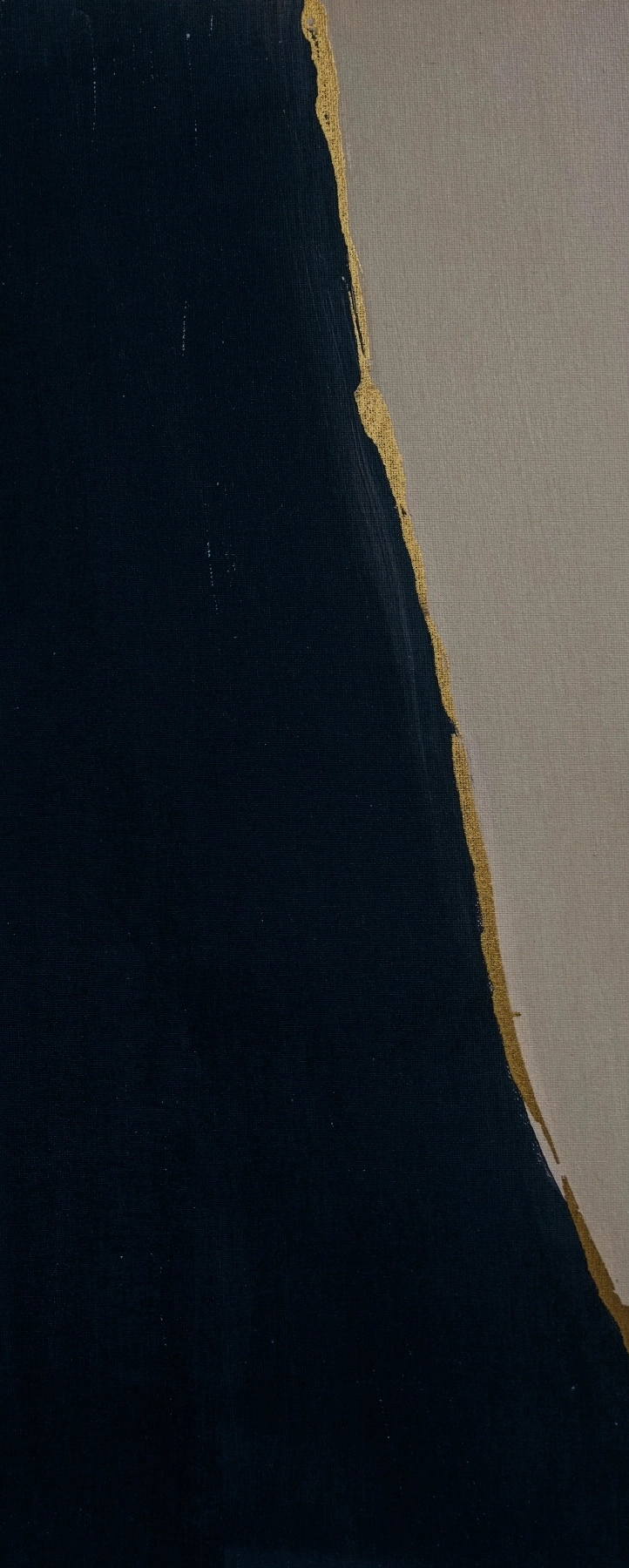How is it Diagnosed?
It is important for men to perform self-examinations monthly in the shower to look for any abnormalities of the testicle and scrotum. Any changes should prompt a consultation with a Urologist. At this visit, a scrotal ultrasound and labs looking for tumor marker elevation may be important to confirm the diagnosis. In more serious cases, a CT scan of the chest, abdomen, and pelvis may be necessary to stage the tumor and asses whether the cancer has spread outside of the testicle.


